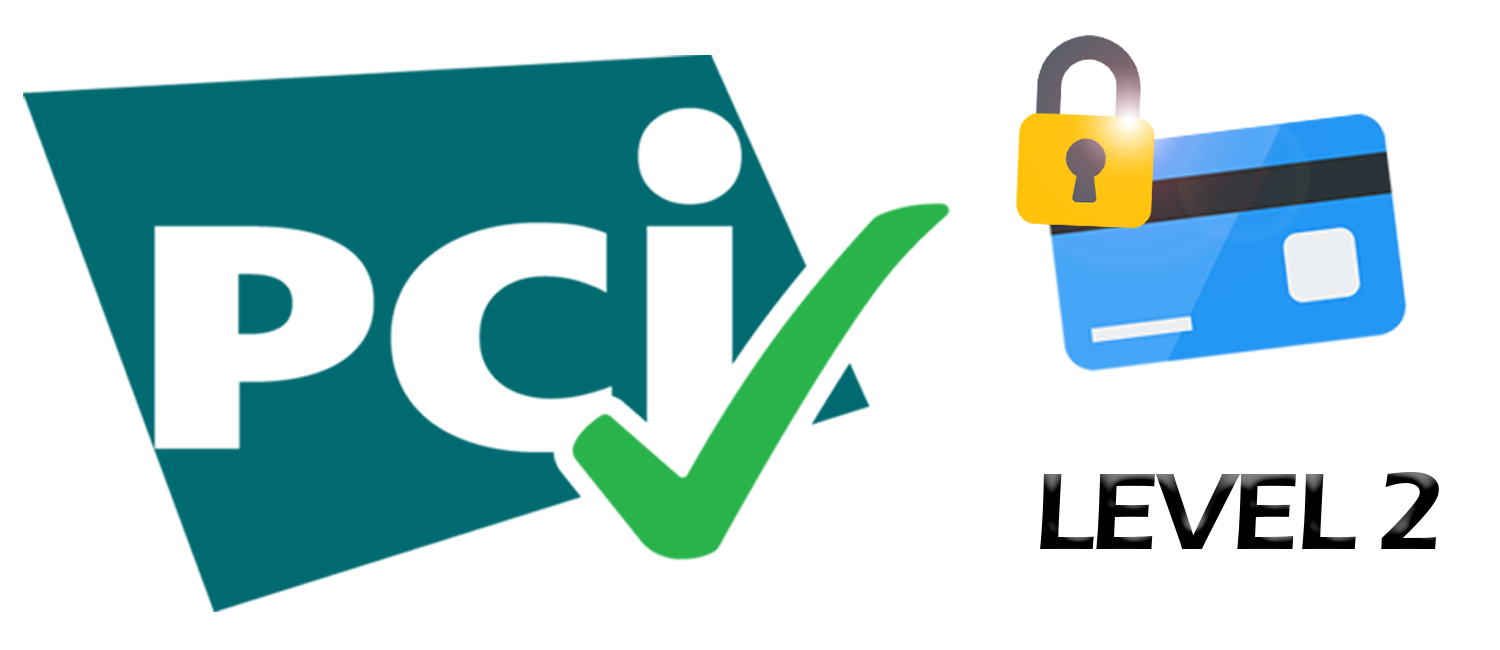Cart is empty
Hazard Communication Standard (29 CFR 1910.1200): Right to Know Training
Why do you need a Hazard Communication Standard: Right to Know Training? The Hazard Communication Standard (29 CFR 1910.1200) — also known as "Right to Know" — training ensures that you understand the chemical hazards present in your workplace and how to protect yourself from them. This OSHA-required training empowers workers with critical information about hazardous substances, including how to read labels, interpret Safety Data Sheets (SDS), use personal protective equipment, and respond to chemical emergencies. Without proper training, workers may unknowingly expose themselves and others to serious health and safety risks.
SELF-PACED ONLINE TRAINING FOR HAZARD COMMUNICATION STANDARD: RIGHT TO KNOW
The Hazard Communication Standard (29 CFR 1910.1200): Right to Know Online Training equips individuals with the knowledge and skills needed to recognize and safely handle hazardous chemicals in the workplace. Participants learn how to read and interpret Safety Data Sheets (SDS), understand chemical labels and GHS pictograms, identify routes of exposure, and follow proper procedures for storage, handling, and emergency response. The training also reinforces workers' rights to know about the hazards they face and ensures compliance with OSHA regulations to promote a safer work environment. Upon successful completion, participants automatically receive their certification via email, affirming their competence in Hazard Communication Standard: Right to Know Training.
Hazard Communication Standard: Right To Know Training – OSHA Requirements
The Hazard Communication Standard (29 CFR 1910.1200): Right to Know Training is a mandatory OSHA requirement for all employers whose workers may be exposed to hazardous chemicals. OSHA requires employers develop, implement, and maintain a written hazard communication program, ensure proper labeling of chemicals, provide access to up-to-date Safety Data Sheets (SDS), and train employees on the risks and safe handling of those chemicals. This training must be provided at the time of initial assignment and whenever a new chemical hazard is introduced, ensuring that workers are always informed and protected on the job.
IACET CEUs (Continuing Education Units)
0.2
CEU Requirements
- 100% attendance for the Hazard Communication Standard: Right to Know Training Class
- Completion of Continuing Education and Training Registration Form
- Active participation in all class exercises (determined by course instructor)
- Completion of required pre-and post-quiz assessment
- As applicable, achievement of a minimum passing score on the required end-of-course examination
- Participation and submittal of end-of-course evaluation form (must provide name on form to receive credit)
Learning Objectives
Upon completion of this Hazard Communication Standard: Right To Know Training, the student will be able to:
- Understand the purpose and requirements of OSHA’s Hazard Communication Standard (HCS).
- Recognize chemical hazards in the workplace.
- Interpret Safety Data Sheets (SDS).
- Understand labels and pictograms under the Globally Harmonized System (GHS).
- Know their rights under the "Right to Know" law.
- Take appropriate steps for chemical handling, storage, and emergency response.
What you need:
- Webcam or smartphone
- Microphone or smartphone
- Photo ID
What you get:
- Certificate of Completion
- IACET CEUS .2


